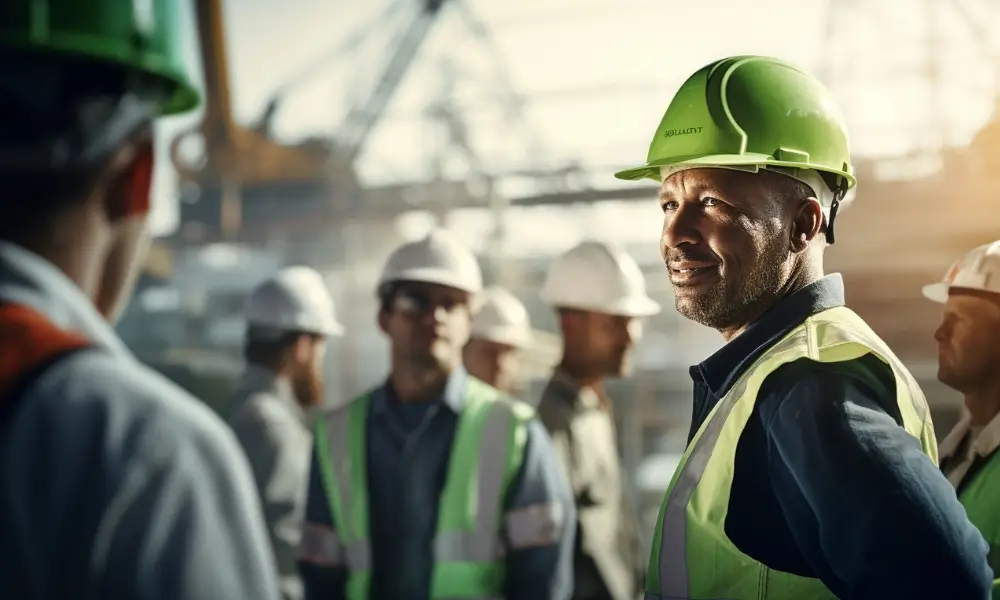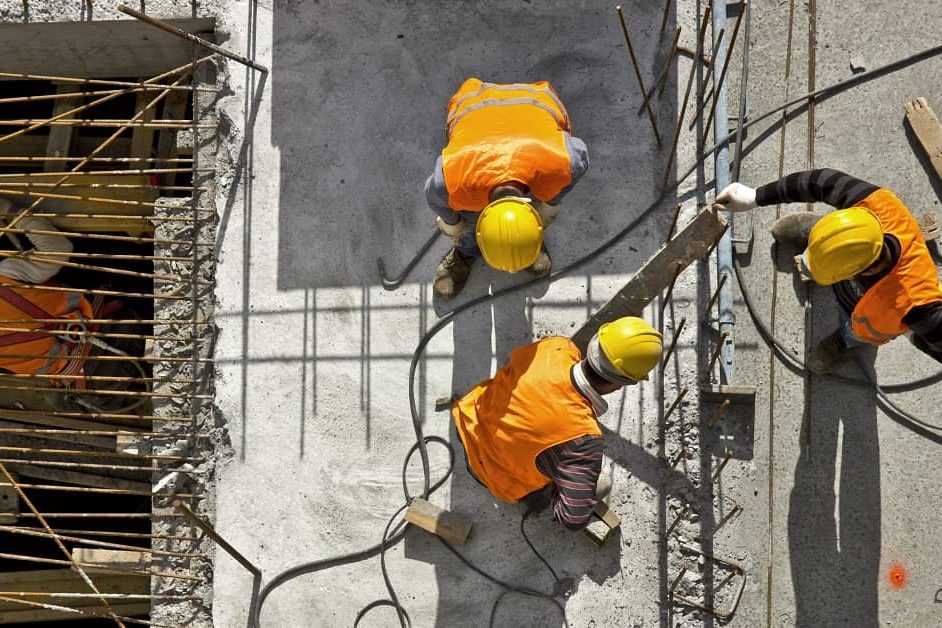This week in workplace safety, we saw updates on mental health initiatives, construction safety concerns, and proposed changes to safety regulations. Keep reading for a comprehensive look at the latest news impacting worker well-being.
Mental Health in the Workplace
Mental health continues to be a growing concern in workplaces around the globe. This week saw several developments in this area:
- Increased Focus on Employee Wellbeing: A study by the National Institute for Occupational Safety and Health (NIOSH) revealed a significant rise in employee mental health concerns since the pandemic. The study found that workers are experiencing higher rates of anxiety, depression, and burnout. In response, many companies are implementing new programs and initiatives to support employee mental well-being. These include offering access to mental health resources, promoting healthy work-life balance, and providing training on stress management.
- Mental Health Training for Managers: Recognizing the crucial role managers play in fostering a supportive work environment, several organizations are offering mental health training programs specifically designed for managers. These programs equip managers with the skills to identify signs of stress and burnout in their employees, provide support, and encourage help-seeking behavior.
- Destigmatizing Mental Health Issues: A growing number of companies are actively working to destigmatize mental health issues in the workplace. This includes encouraging open communication about mental health, inviting guest speakers to discuss mental health topics, and fostering a culture of empathy and understanding.
Construction Safety Concerns
The construction industry continues to face unique safety challenges. Here are some of the key developments from this week:
- Fall Protection Fatalities: The Occupational Safety and Health Administration (OSHA) issued a warning after a rise in fall protection-related fatalities in the construction industry. OSHA emphasized the importance of proper fall protection training, using the correct equipment, and conducting regular inspections of fall protection systems.Focus on Slips, Trips, and Falls: Slips, trips, and falls remain a leading cause of injuries in construction. This week, several safety organizations launched campaigns to raise awareness of these hazards and promote safe work practices. The campaigns highlight the importance of keeping walkways clear, using proper footwear, and being aware of uneven surfaces.
- Heat Illness Prevention: With warmer weather approaching, construction companies are focusing on heat illness prevention. This includes providing workers with access to hydration, shaded areas, and cool-down breaks. Additionally, companies are encouraging workers to wear appropriate clothing and to be aware of the signs of heat stroke.
Updates on Safety Regulations
Several regulatory updates have the potential to impact workplace safety:
- Proposed Changes to Silica Dust Standards: OSHA is proposing changes to the permissible exposure limit (PEL) for silica dust. Silica dust exposure is a major health hazard in many industries, including construction, and can lead to silicosis, a debilitating lung disease. The proposed changes would lower the PEL, potentially leading to stricter dust control measures in workplaces.
- Focus on Ergonomics: The National Safety Council (NSC) released a report highlighting the importance of ergonomics in preventing workplace musculoskeletal disorders (MSDs). The report recommends that employers conduct ergonomic assessments of workstations and implement strategies to reduce the risk of MSDs, such as providing adjustable furniture and encouraging proper lifting techniques.
- Emphasis on Training and Communication: Regulatory bodies continue to emphasize the importance of training and communication in ensuring workplace safety. This includes providing workers with regular safety training, conducting safety inspections, and maintaining open communication channels for reporting safety hazards.
This week’s news highlights the ongoing evolution of workplace safety. As mental health concerns rise, companies are implementing new programs to support employee well-being. The construction industry continues to grapple with fall protection and heat illness, and regulatory updates are focusing on silica dust exposure and ergonomics. By staying informed about the latest developments and implementing effective safety practices, companies can create a safer and healthier work environment for all employees.




Recent Comments